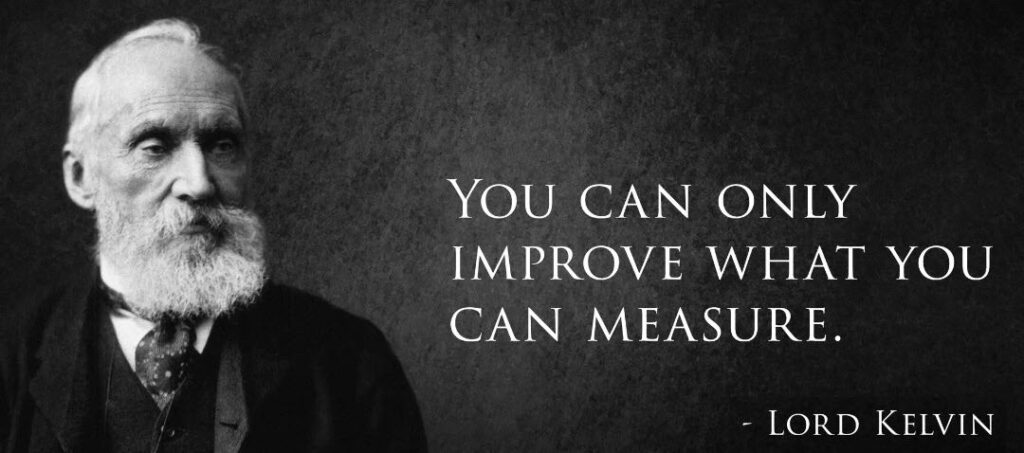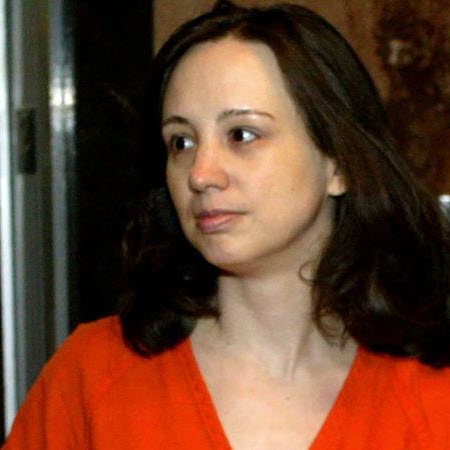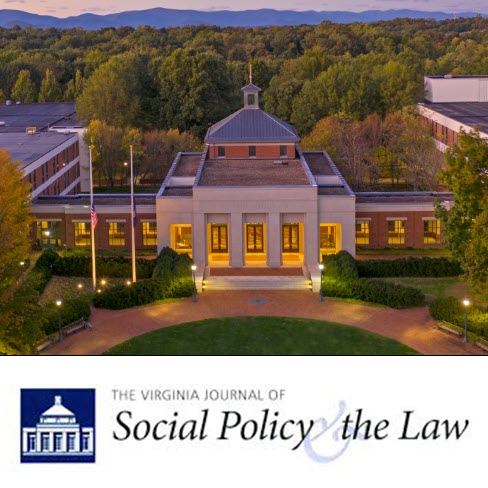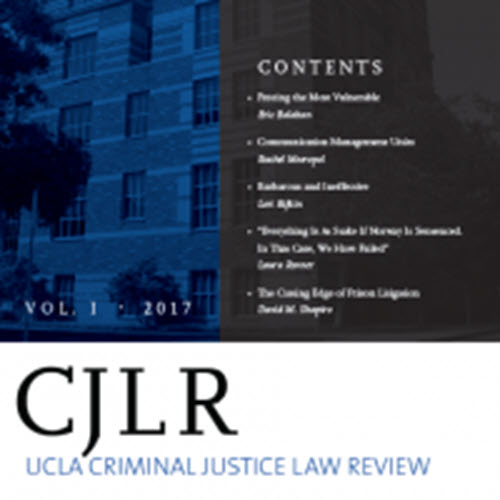

Fair trial. Unfair trial. How do we know the difference?
“Judges are like umpires. Umpires don’t make the rules. They apply them. The role of an umpire and a judge is critical. They make sure everybody plays by the rules. But it is a limited role. Nobody ever went to a ballgame to see the umpire.”
Chief Justice John Roberts, U.S. Supreme Court
Through careful research, we can measure the fairness of trials, making it possible to distinguish fair and unfair trials in a similar manner as an umpire calling balls and strikes.
Objective
Unbiased analysis based on published scientific research methods.
Fast
Most projects can be completed within one week.
Affordable
Jury research is not just for big firms. We assist those in need.







Forthcoming Article – Evaluating Death Sentencing Procedures: Fairness, Disparities, and Constitutional Limits, University of Boston Public Interest Law Review (forthcoming Spring 2026). Offers objective quantitative analysis of effects of varying sentencing procedures, such as delegating selection decision to judges, non-unanimous verdict rules, procedures following jury impasse, and judicial override.
Forthcoming Article – Outdated and Unconstitutional: Rethinking Duration of Residency Requirements for Jury Service, Creighton Law Review (forthcoming Winter 2025). Contends that duration of residency requirement for jury service violates constitutional right to impartial jury selected from representative cross-section of community. Legislative history offers no basis for the exclusion, and it undermines, rather than advances, state interests.
Working Paper – Markov Chain Models of Small Group Deliberation. This manuscript details technical aspects of Markov chain models of jury deliberation. Models of binary choice are validated using benchmark data. Models of deliberation over ordered choices are developed, tested, and applied to classic works on jurors’ preferred verdicts under constrained options.
